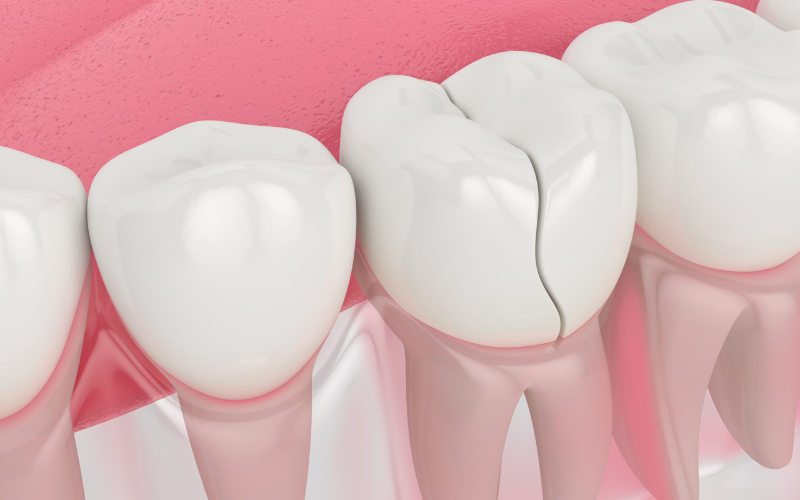1520 Green Oak Place, Suite B Kingwood, Tx 77339
What Does Restorative Dental Treatment Cover?

Repairing or replacing damaged or missing teeth is part of restorative dental therapy. Understanding the breadth of coverage is essential for maintaining good dental health and making sound decisions. More information can lead to clarity and unexpected costs in insurance programs.
Common Restorative Dental Procedures:
1. Fillings:
One of the most frequent restorative dental treatments is fillings. They are utilized to repair teeth damaged by decay or cavities. During the procedure, the dentist removes the decayed portion of the tooth and fills the resulting cavity with a composite or amalgam material, restoring the tooth’s function and appearance.
2. Crowns:
Crowns are tooth-shaped crowns that cover damaged or weak teeth. They provide strength and protection to the tooth, preventing further deterioration. Crowns often restore severely decayed or cracked teeth or after root canal treatment.
3. Bridges:
Bridges are used to replace a lost tooth or teeth. They are made of prosthetic teeth (pontics) held in place by crowns on neighboring healthy teeth or dental implants. Bridges restore the ability to bite and chew correctly by filling the gap created by lost teeth, preventing subsequent dental complications.
4. Implantations:
Dental implants are the most technologically sophisticated method of restoring lost teeth. They entail surgically implanting titanium posts in the jawbone to serve as prosthetic tooth roots. These implants provide a robust and long-lasting solution by supporting custom-made prosthetic teeth. Implants not only restore functionality but also protect the health of the jawbone.
5. Denture:
Dentures are detachable prosthetics that are used to replace several lost teeth. They can be full, replacing all teeth in the upper or lower jaw, or partial, filling gaps between natural teeth that remain. Dentures help in speech, chewing, and facial appearance, all contributing to general dental health and well-being.
Coverage By Restorative Dental Treatment:
Restorative dentistry treats a wide range of dental problems, including:
1. Tooth deterioration and damage repair:
Fillings, crowns, and implants are treatments specially designed to heal teeth with decay, fractures, or wear. Restorative therapy minimizes future damage and protects natural teeth wherever feasible by treating these concerns early.
2. Replacement of missing teeth:
Bridges, implants, and dentures are examples of restorative therapies that can be used to replace lost teeth. These operations not only improve the appearance of your smile but also help with chewing, avoiding strain on remaining teeth, and encouraging general dental health.
3. Improving bite alignment and general oral health:
Restorative dental treatment is critical for restoring appropriate bite alignment. Misaligned or missing teeth can make chewing and speaking difficult, as well as causing jaw pain.
Restorative therapy promotes overall dental health and quality of life by restoring teeth’ natural function and alignment.
Factors Affecting Coverage:
Several factors can impact restorative dental treatment coverage:
1. Insurance policies and plans:
Dental insurance programs give varying levels of coverage. It is critical to read the fine print of your plan to understand what restorative treatments are covered, the scope of coverage, and any limits or exclusions that may apply.
2. Pre-existing medical conditions:
Some dental insurance policies feature pre-existing condition waiting periods or exclusions. This implies that if you have dental problems before enrolling in a plan, such problems may not be covered.
3. The following types of therapeutic therapy are included:
Your insurance plan may cover a variety of therapeutic procedures. Some programs may cover various treatments, while others may have restrictions or exclusions. It is essential to become acquainted with the specifics of your plan to understand which therapies are covered.
Restorative dental care is critical for maintaining oral health and lowering costs. Understanding insurance coverage and talking with a dentist is critical for receiving appropriate care. Dentists may assess oral health, explain treatment choices, and provide tailored suggestions. Investing in restorative dental treatment coverage ensures a healthy smile and long-term oral health.
You can also read our latest article: Do Whitening Strips Work on Yellow Teeth?







